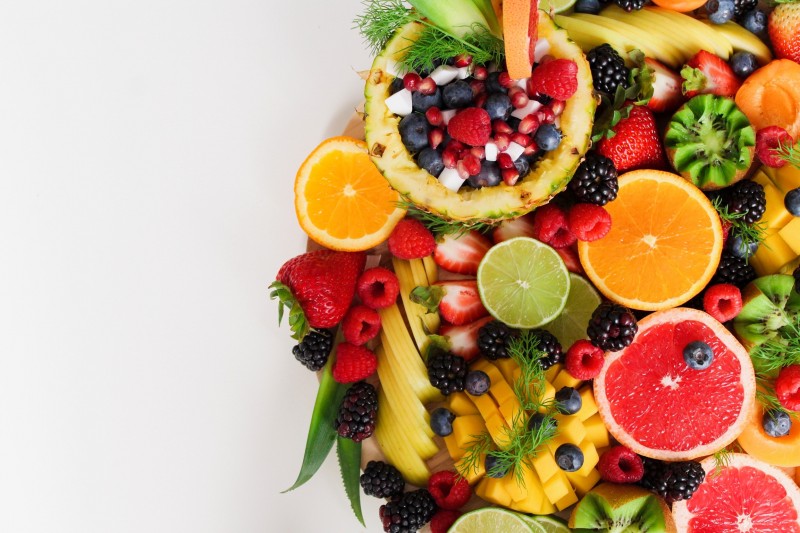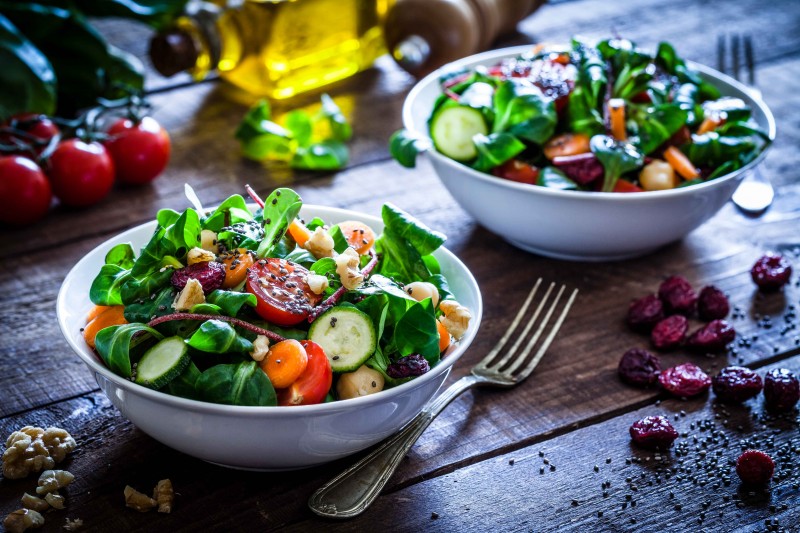Fruits and vegetables are fundamental to a healthy diet. High fruit and vegetable consumption has been associated with reduced risk from a number of chronic health conditions, including cardiovascular disease, stroke, type 2 diabetes, some cancers, and dementia and cognitive decline, yet fruit and vegetable consumption across the UK, Europe and the US remains lower than recommended by the World Health Organisation.
Understanding fruit and vegetable intakes
Various work, including some of our own, aims to understand why individuals do not consume higher amounts of fruits and vegetables. These studies may ask individuals to discuss their food choices in depth, or more often they use population-wide surveys to ask for agreement or disagreement that certain identified reasons affect food choices. These studies demonstrate that two reasons that are frequently given for low fruit and vegetable consumption are low liking for the taste of fruits and vegetables and low understanding of the recommendations (1,2,3).
Encouraging fruit and vegetable intakes
Further to the work on understanding low fruit and vegetable consumption, we have also then been using this understanding to encourage greater fruit and vegetable consumption. Studies aiming to improve liking for the taste of fruits and vegetables largely focus on enjoyment and the use of repeated positive experiences. We have demonstrated increased fruit intakes following instructions to imagine an enjoyable fruit eating experience (4), increased vegetable intakes in children following a story where the story characters enjoyed eating carrots (5), and increased fruit and vegetable intakes in older adults following repeated communal taste sessions of a range of fruits including novel fruit smoothies and dishes (6). Analyses of other studies have also demonstrated benefits for repeated positive experiences across the lifespan (7).
Studies aiming to improve understanding of the recommendations have first aimed to identify where confusions arise. The World Health Organisation recommends consumption of 400g fruit and vegetables per day, a recommendation that is translated for consumers into portions based on usual portion sizes for each country. In the UK, this is 5 portions of fruits and vegetable per day – the 5-a-day message. Most people in the UK, are aware of the 5-a-day recommendations, but do you know, for example, which fruits and vegetables count towards your 5-a-day? How much of each food is needed? And that you need 5 different fruits and vegetables per day, not 5 portions of the same food?
Our work suggests that most confusion arises around fruit and vegetable portion sizes (8,9). To address this confusion, we have recently developed an interactive mobile phone application, where users input their fruit and vegetable consumption using household measures, e.g. tablespoons, and the app then converts this into portions based on the 5-a-day recommendations (10). Early tests of the app demonstrate benefits for consumption behaviours, but further testing is still required.
Work in this area has been funded, to date, by the Leverhulme Trust, the EU and the MRC (National Prevention Research Initiative).
Relevant research
- Appleton KM, Dinnella C, Spinelli S, Morizet D, Saulais L, Hemingway A, Monteleone E, Depezay L, Perez-Cueto FJA, Hartwell H. Liking and consumption of vegetables with more appealing and less appealing sensory properties: Associations with attitudes, food neophobia and food choice motivations in European adolescents. Food Qual Pref 2019; 75: 179-186.
- Appleton KM, Dinnella C, Spinelli S, Morizet D, Saulais L, Hemingway A, Monteleone E, Depezay L, Perez-Cueto FJA, Hartwell H. Consumption of a high quantity and a wide variety of vegetables are predicted by different food choice motives in older adults from France, Italy and the UK. Nutrients 2017; 9: 923.
- Appleton KM, McGill R, Neville C, Woodside JV. Barriers to increasing fruit and vegetable intakes in the older population of Northern Ireland: Low levels of liking and low awareness of current recommendations. Pub Health Nutr 2010; 13: 514-521.
- Appleton KM. A role for enjoyment in promoting healthy eating: Greater fruit selection and consumption following the use of more enjoyable fruit on a health promotion poster. Appetite 2016, 101, 227.
- Appleton KM, Barrie E, Samuel TJ. Modelling positive consequences: Increased vegetable intakes following modelled enjoyment versus modelled intake. Appetite 2019; 140: 76-81.
- Appleton KM. Increases in fruit intakes in low consumers of fruit following two community-based repeated exposure interventions. Brit J Nutr 2013; 109: 795-801.
- Appleton KM, Hemingway A, Rajska J, Hartwell H. Repeated exposure and conditioning strategies for increasing vegetable liking and intake: Systematic review and meta-analyses of the published literature. Am J Clin Nutr 2018; 108: 842-856.
- Rooney C, McKinley MC, Appleton KM, Young IS, McGrath AJ, Draffin CR, Hamill LL, Woodside, JV. How much is '5-a-day'?: A qualitative investigation into consumer understanding of fruit and vegetable intake guidelines. J Hum Nutr Diet 2017; 30: 105-113.
- Appleton KM, Krumplevska K, Smith E, Rooney C, McKinley MC, Woodside JV. Low fruit and vegetable consumption is associated with low knowledge of the details of the 5-a-day fruit and vegetable message in the UK: Findings from two cross-sectional questionnaire studies. J Hum Nutr Diet 2018; 31: 121-130.
- Appleton KM, Passmore D, Burn I, Pidgeon H, Nation P, Boobyer C, Jiang N. An interactive mobile phone application, Smart 5-a-day, for increasing knowledge of and adherence to fruit and vegetable recommendations: Development and randomized controlled test. JMIR mhealth uhealth 2019; 9: e14380.





